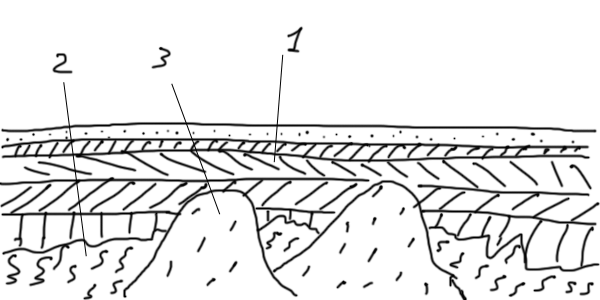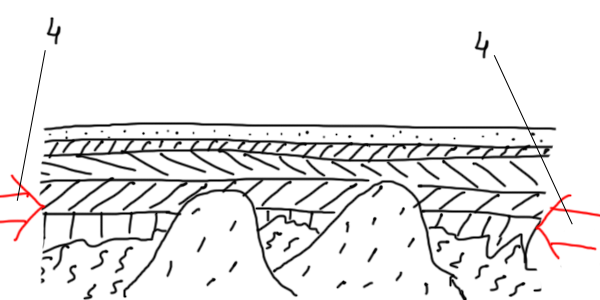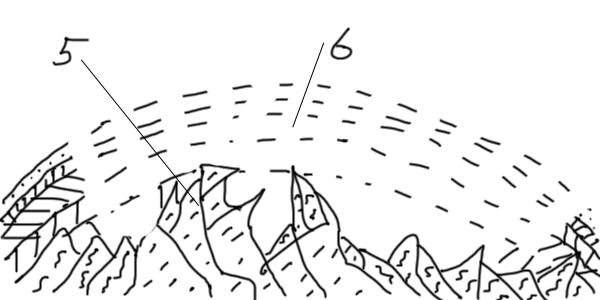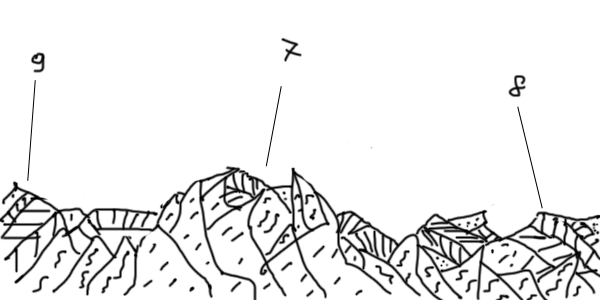Condensed Geology: Colorado Rockies ![[Map] Colorado Rockies [Map] Colorado Rockies](../../web/worldmap.gif)
Local geology of Colorado Rockies is horribly complicated; the big picture, however, is quite simple. Colorado Rockies are defined by compression and uplift of a thick sedimentary layer with subsequent erosion that exposed the igneous and metamorfic core.



